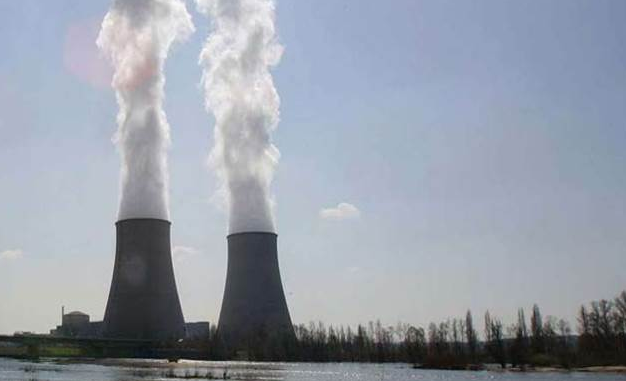
In News
KAPP-3 is India’s first 700 MWe unit and is the biggest Pressurised Heavy Water Reactor (PHWR).
In-Detail
- The Kakrapar Atomic Power Project (KAPP-3) which is the third unit in Gujarat achieved its first criticality.
- The criticality signifies the initiation of the controlled and sustained nuclear fission reaction.
- This event is a landmark in India’s domestic civilian nuclear programme.
- The KAPP-3 is the country’s first 700 megawatt electric unit (MWe) and is the biggest skillfully developed variant of Pressurised Heavy Water Reactor.
- The mainstay of India’s nuclear reactor fleet is the PHWRs.
- The PHWRs uses natural uranium as fuel and heavy water as a moderator.
- Till now, the biggest reactor size was the 540 MWe PHWR of two reactors deployed in Tarapur, Maharashtra.
- Till January 2020, the nuclear power capacity constitutes less than 2% of the total installed capacity of 3,68,690 MWe. India is planning to expand its power capacity of 6,780 MWe to 22,480MWe by 2031 and 700 MWe capacity will act as the biggest component.
Significance of KAPP-3
- The operationalization of the 700 MWe reactor marks a significant scale up in technology and optimization of PHWRs design.
- The 700 MWe unit addresses the issue of external thermal margins and an improvement in economies of scale.
- At present, there are four units of 700 MWe units being built at Kakrapar (KAPP-3 and 4) and Rawatbhata (RAPS-7 and 8).
- The 700MWe unit will act as a backbone to a new fleet of 12 reactors.
- India’s main nuclear reactors in the future are 700 MWe reactors along with the Russian VVER-1000 reactors at Kudankulam, Tamil Nadu.
- The capacity investment for these projects is being funded with the debit-to-equity ratio of 70:30.
Significance of Criticality
- Reactors act as the heart of an atomic plant.
- It controls the nuclear fission reaction that produces heat.
- This heat is used to spin the turbines that produces electricity.
- So, fission is a process where the atom of the nucleus splits into two or more smaller nuclei.
- In a fission event, if one of the emitted neutrons on average causes another fission a self-sustained chain reaction will take place.
- A nuclear reactor achieves its criticality when each fission event releases a sufficient number of neutrons.
Evolution of India’s PHWRs Technology
- The first PHWRs technology started in India was in 1960 with 220 MWe reactor at Rajasthan Atomic Power Station (RAPS-1).
- The design is similar to the Douglas Point Reactor in Canada and is a joint Indo-Canadian nuclear co-operation.
- The second unit RAPS-2, with major components were made in India and the Pokhran-1 test was conducted by the Indian Scientists.
- The third unit was at Madras Atomic Power Station, MAPS-1.
- The first two units of PHWRs of 220 MWe design were set up at the Narora Atomic Power Station.
- Five more twin-unit atomic power stations with a capacity of twin 220 MWe units located at the Kakrapar, Kaiga and Rawatbhata.
- The PHWR design uses thin walled pressure tubes and this is the biggest advantage.
- The enhanced safety of 700 MWe PHWR design is through a dedicated ‘Passive Decay Heat Removal System’.

Leave a Reply
You must be logged in to post a comment.